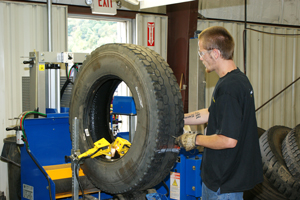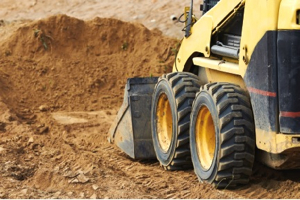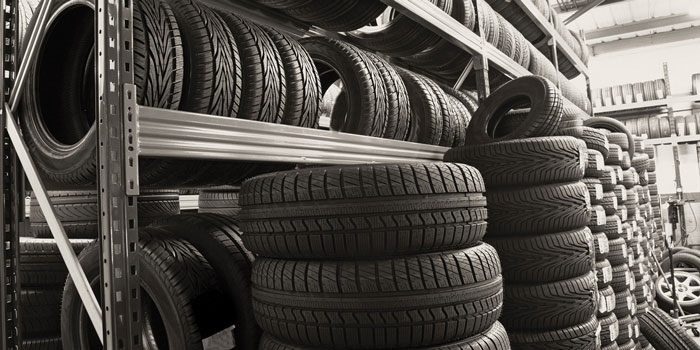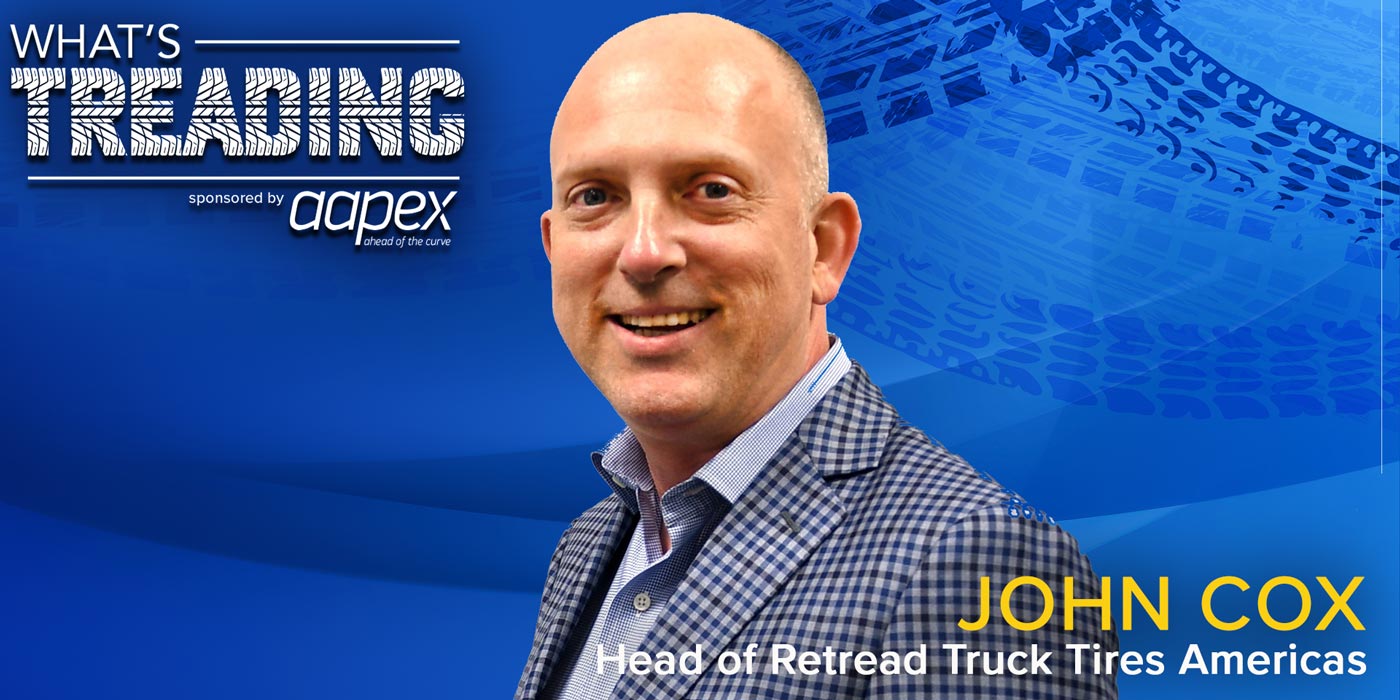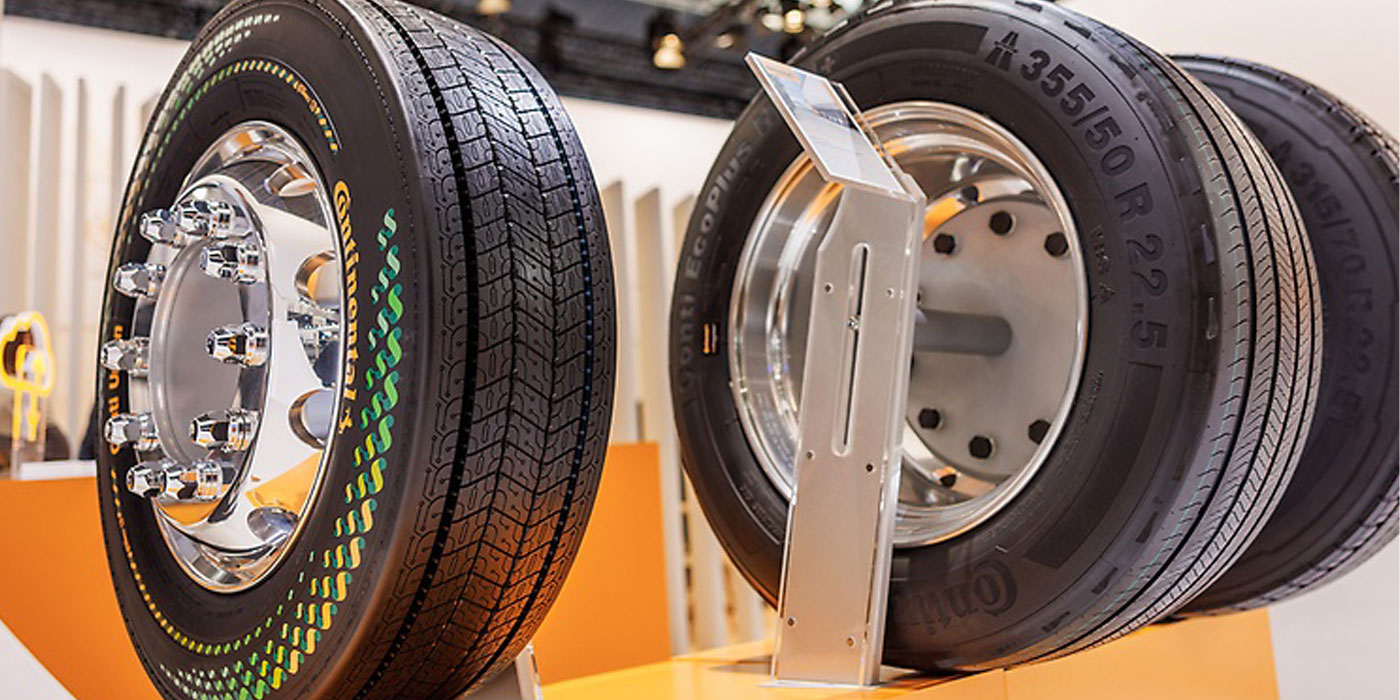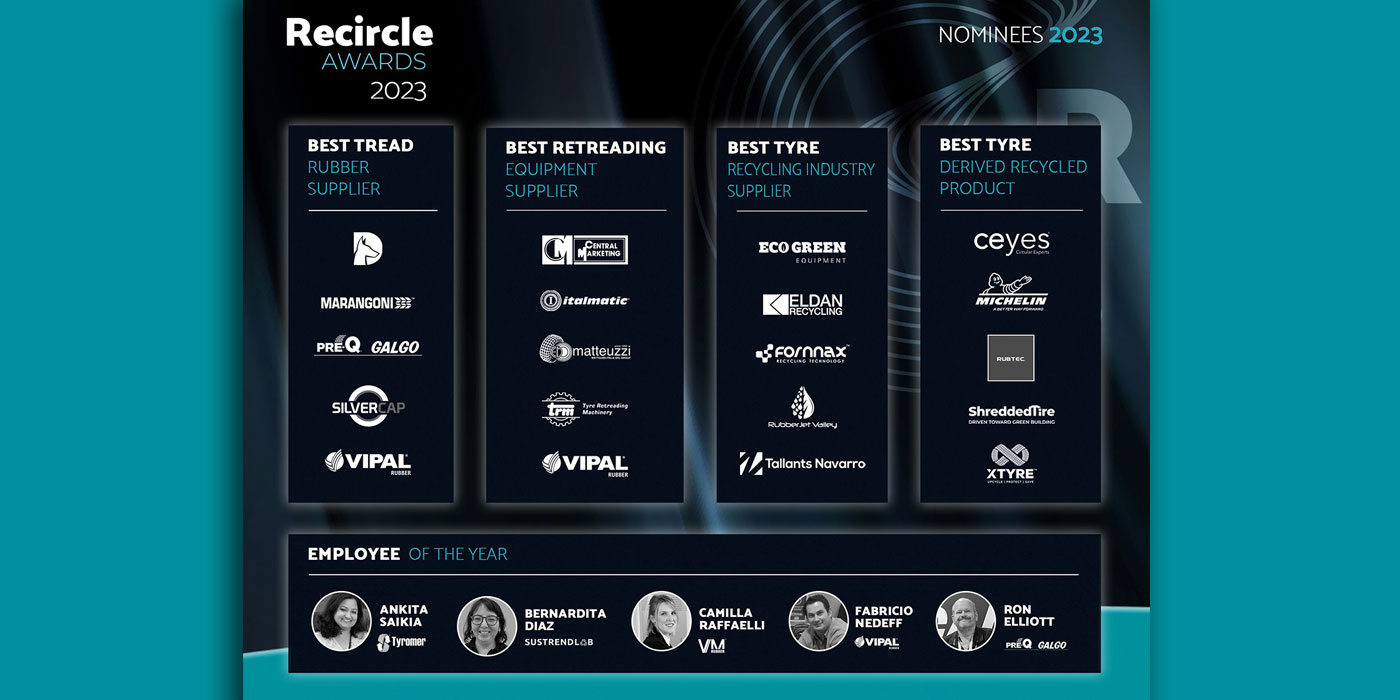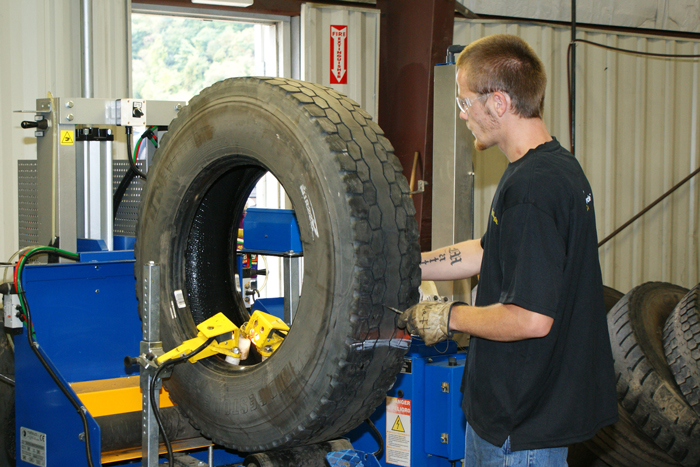
The global retread industry is facing difficult and uncertain times. But there are bright spots within the industry and opportunities for growth in many markets.
The retread industry has always been about delivering a quality product at an economically advantageous price while also delivering high-impact environmental savings. With increasing supply and over-supply of inexpensive third- and fourth-tier products coming from China, the economic savings component of retreading has come under increasing short-term pressure. However, with the Department of Commerce’s preliminary affirmative finding in their countervailing duty investigation of imported truck and bus tires from China and their continued anti-dumping investigation, the retread industry may have some much needed help on the way to level the playing field.
That said, we cannot rely on these measures alone. We must continue innovate in our industry and educate users about the economic and environmental benefits of retreaded tires.
Using retreaded tires as a part of a fleet’s overall tire management program is about managing a valuable asset over multiple lives to create the best return on investment in tires and deliver the lowest cost-per-mile to the business. Unfortunately, short-term thinking can often undermine a long-term focus on profitability. This short-term thinking has started to impact retreading markets in the U.S., Europe and Latin America as retreaded tires are increasingly competing directly with these lower-tier new tires. This is one of the reasons we jointly hosted the Global Retread Symposium with the Tire Industry Association (TIA) during the Global Tire Expo in Las Vegas last November.
We brought together the heads of associations representing the retread industries as well as retreaders in each of these markets to discuss the current state of our industry and the challenges we face, including ideas to tackle these challenges. This same thinking has led us to partner with Asian Business Media to develop a new Asian Retread Conference in October of 2016 to bring together the best minds in the retread industry to share best practices, technological developments and pave the way for future growth of retreading.
The Tire Retread & Repair Information Bureau (TRIB) has a simple mission: To promote and defend retreading worldwide.
The “promote” side of our association is easy: once you tell the story of retreading, people understand what a great benefit it is to renew tires to save raw materials, reduce carbon emissions, reduce landfill and save significant amounts of money.
Unfortunately, there are still myths that exist around retreading that have at times prevented our industry’s growth. This is why TRIB spends so much time defending our industry and educating the public, fleets and governments about the true facts and benefits of retreading.
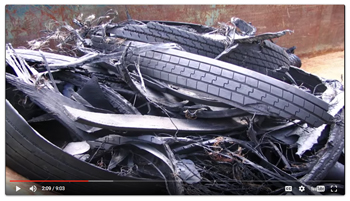
It’s important that as the retread market continues to face challenges, we continue to expand our educational efforts to help fleet owners and managers understand how to properly care for tire casings so they can be successfully retreaded multiple times. Proper tire maintenance, proper inflation, proper loading and establishing pull points for casings are all important aspects of creating successful and sustainable retread programs.
In the U.S. and in other markets, this education of fleets has greatly improved as new tire manufacturers have continued to expand in retreading. They have been able to leverage their new tire technology and engineering to bring those technologies across to their retread divisions.
Customers who are comfortable with a particular tread compound and design in a new tire can be confident they’ll seeing the same performance from a retreaded tire using similar compounds and tread designs. Once you marry new and retreaded tires with a nationwide network of repair and service facilities, you can truly provide one-stop shopping for your customers.
In order for retreading to continue to grow around the world, there must be continued focus on quality and establishing and adhering to recommended practices for tire retreading.
We are not in favor of overly burdensome regulations for our members. In the U.S., the retread industry has done a good job with self-regulating to ensure that safety and reliability remain top priorities. TRIB currently works with our colleagues at the Tread Rubber and Tire Repair Materials Manufacturers’ Group (TRMG) to make available to our members a free copy of the “Industry Recommended Practices for Tire Retreading and Tire Repair” handbook.
Maintaining a focus on quality often comes back to keeping up with continued advancements in technology. Retreaders need to keep investing with their partners or in their own labs to develop superior compounds and tread designs, as well as investing in equipment, such as non-destructive testing (NDT) equipment, to improve both the inspection of tire casings and the finished product itself.
In addition to the Global Retread Symposium and the Asian Retread Conference, TRIB is doing many other things to help promote the retread industry to a worldwide audience.
We are putting the finishing touches on Spanish and Portuguese versions of our two most popular videos: “The Environmental Benefits of Retreading” and “The True Causes of Rubber on the Roads.” We are also filming a new “Retread Plant Tour” video so potential customers can clearly see the care that goes into manufacturing a retreaded tire.
Last year, we completed a cross-country tour of the U.S. to visit several of our member’s retread plants within the American Commercial Tire Network to continue to provide positive media coverage of our industry. I encourage you to visit our website to learn more about what we do as well as attend the Asian Retread Conference in October.

